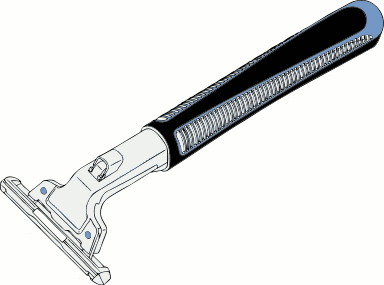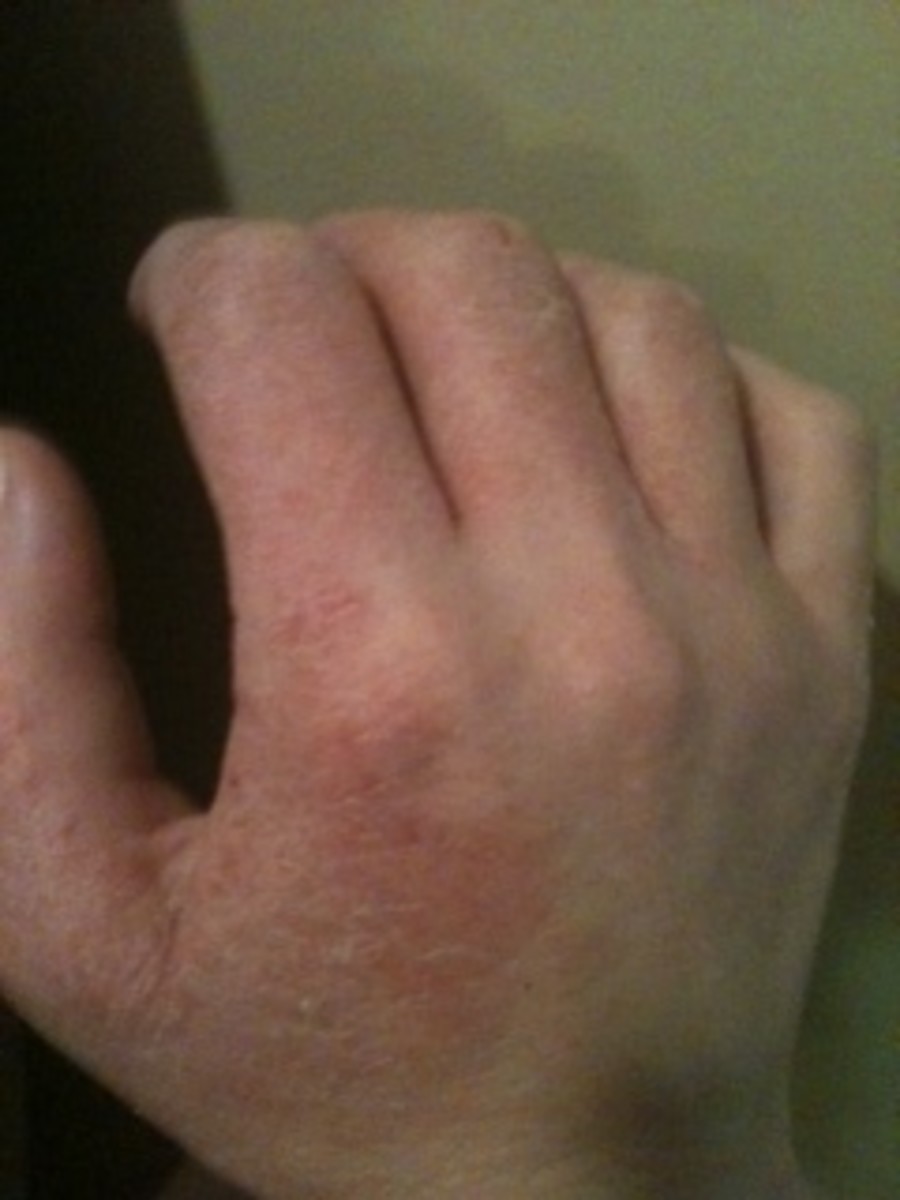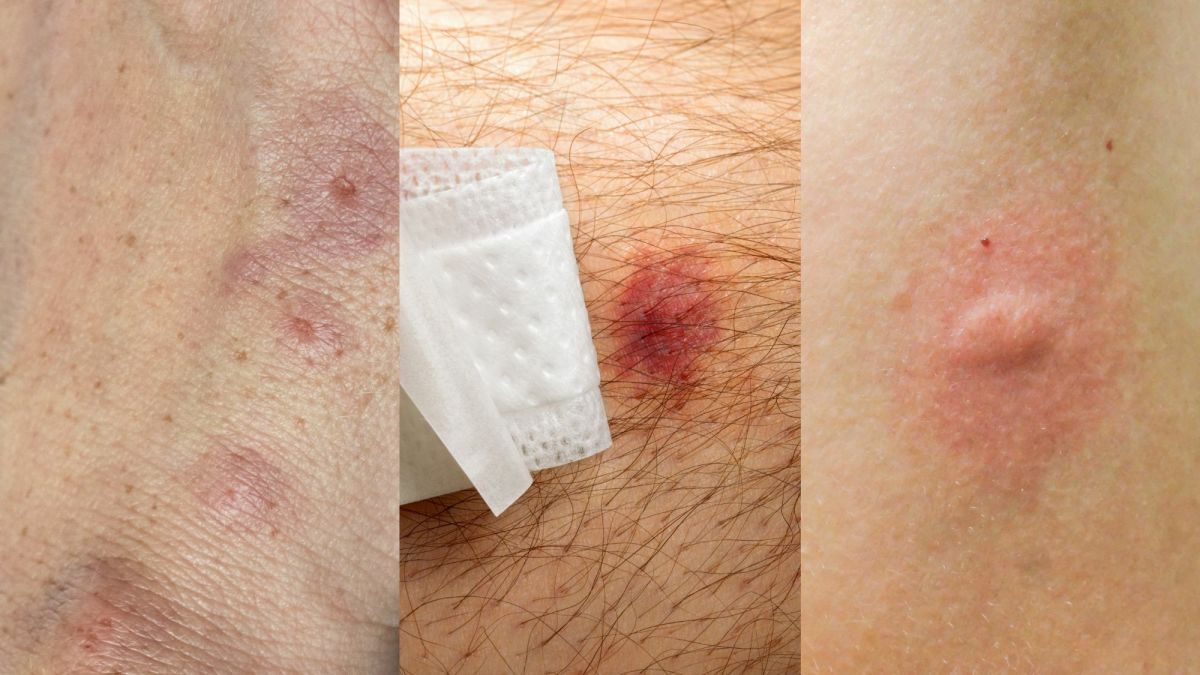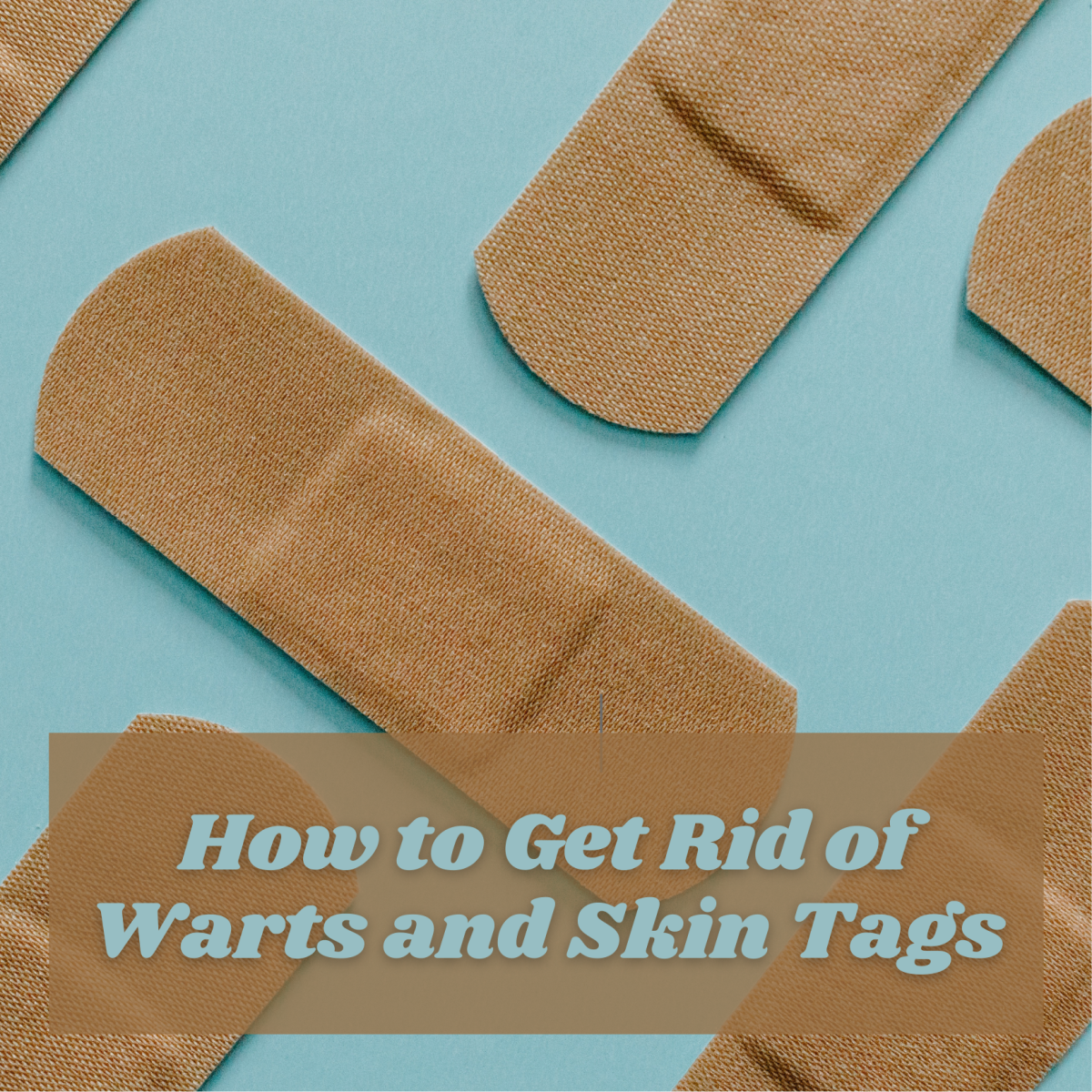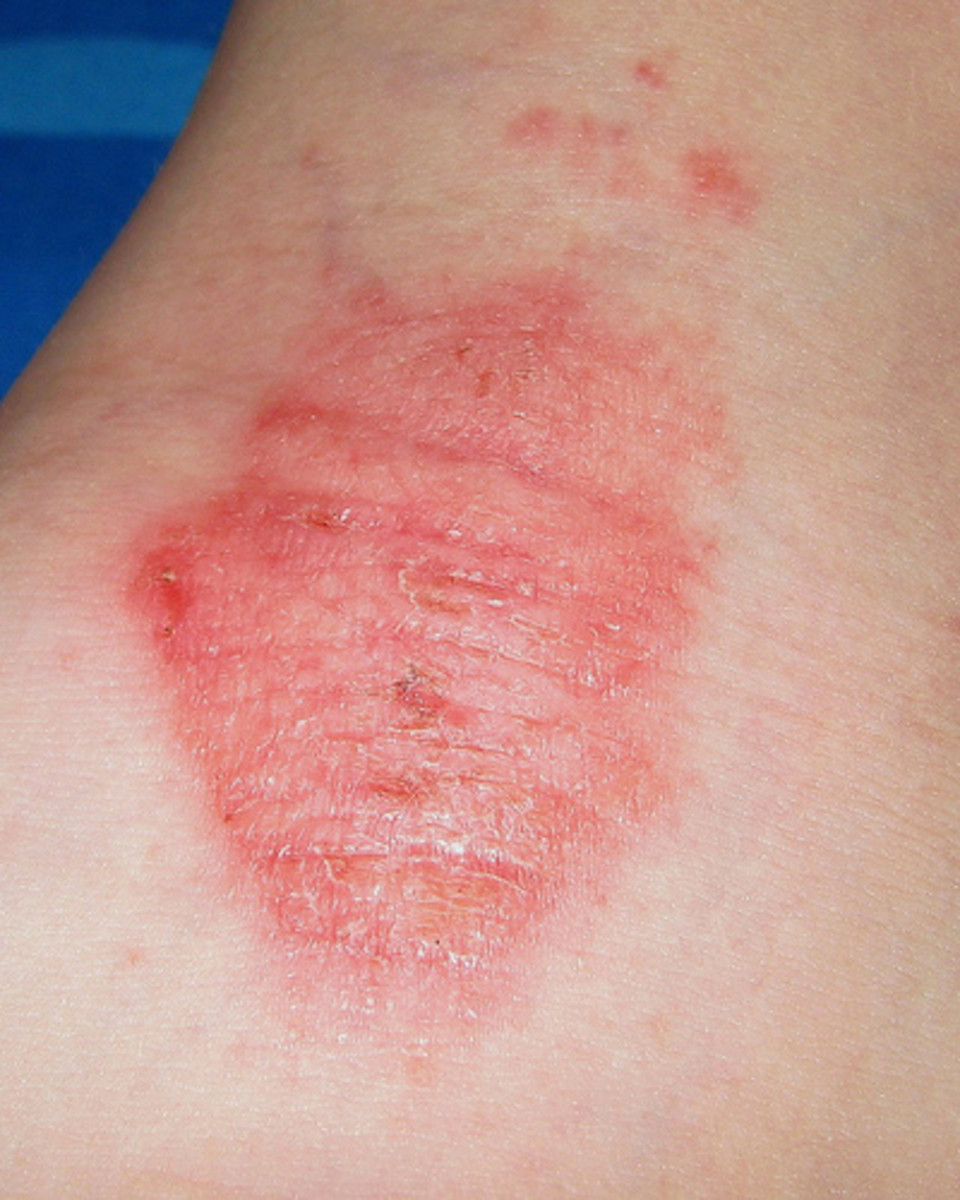Shaving Rash - Prevention and Treatment
Shaving rash is a common problem among men and women alike, and can appear in any area where shaving is used as a hair removal method. As well as being unsightly, a rash from shaving can also be itchy, painful or just generally uncomfortable, and is especially annoying because leaving the hair to grow is often not an option, so the rash tends to recur. However, you don't have to put up with it; there are ways to treat and prevent shaving rash, as this article explains.
What Causes Shaving Rash?
Shaving rash is also known as 'pseudofolliculitis barbae' or simply folliculitis (or more colloquially, 'barber's itch' or 'razor bumps'). There are a number of causes – in many cases a rash appears when shaved hair starts to regrow, and curves inwards as it does so, irritating the surrounding skin. This irritation can lead to the formation of a lump, which is worsened when the hair is shaved again, as the razor may slice the tops off the lumps. Bacterial infection is also responsible for shaving rash, and again, this is more likely if an existing rash is shaved over. Some cases of shaving rash are caused by fungal infection.
Not everyone gets rashes from shaving, because normally the weight of the remnant of hair left in the follicle straightens it out enough to prevent it curling back into the skin as it grows. This doesn't always happen however, and anyone can get shaving bumps, although it is more commonly experienced by those with curly hair (particularly black-skinned people), and this is also why shaving the pubic hair commonly results in a rash, since hair in this area often tends to be curly. Folliculitis is most common on the face, but shaving rash is often experienced on the legs, chest, back, armpits and elsewhere. It can be similar to acne in appearance, but often an ingrown hair is visible.
Shaving Rash Treatments
The bumps caused by shaving will clear up naturally in most cases, but you can take steps to ease the discomfort and help the healing process with the following shaving rash remedies.
- First of all, stop shaving until the area heals. Continuing to shave over a rash will cause more irritation, and may lead to infection.
- Try rubbing the area with pure aloe vera gel; this natural way to treat shaving rash is soothing and anti-inflammatory, and can help to ease the discomfort that shaving rash often causes. You can buy the gel from health stores and pharmacies, or extract it from a fresh aloe leaf.
- If you can see the ingrowing hairs, you can gently extract them using fine scissors or tweezers. Relax the pores first by placing a hot cloth over the face, or steaming with warm water.
- If the rash has become infected, try applying an antiseptic cream or lotion. One home remedy for shaving rash infection is to add a drop or two of tea tree oil to some water, shake thoroughly, and dab it onto the affected area. Tea tree is a powerful natural antiseptic which can help to clear up bacterial and fungal infections on the skin. You can also get tea tree creams, gels etc but make sure they don't contain any unnecessary ingredients which could worsen the rash. If the infection shows no sign of clearing after a couple of days, seek medical advice.
- If you have bumps on the skin, but they're not inflamed or infected, a mild exfoliant (such as a facial scrub) can help to smooth the skin. Proceed with caution though – you don’t want to risk causing further irritation.
- If you have very severe shaving rash, it can be worth consulting a doctor or dermatologist, who may be able to prescribe stronger treatments.
How To Avoid Shaving Rash
Although the symptoms of shaving rash can be eased, it's obviously better to avoid it in the first place. If you're particularly prone to it, this may be easier said than done, but there are a number of strategies that may help.
- Don't shave dry skin or hair – ensure that the area is thoroughly wet and prepared with an appropriate shaving foam or gel, which should be worked into the skin and hairs before shaving. This is especially important when shaving the tough hairs of the beard. If you have sensitive skin, use a product that is especially formulated for your skin type, as many commercial shaving products contain chemicals that may be too harsh.
- When shaving, move the razor in the direction of hair growth – this helps to prevent ingrowing hairs.
- Don't pull on the skin while shaving - pulling it taut increases the likelihood of ingrowing hairs, as the hair will move up out of the follicle when the skin is pulled, and then retract back when you let it go.
- After shaving, pat the skin dry gently and moisturize thoroughly with an appropriate aftershave or cream.
- Avoid shaving skin that's already irritation for other reasons – it may be more prone to infection and inflammation.
- To minimise the risk of infection, don't share towels, facecloths or any items of clothing with other people.
- For men, learn how to shave the face properly to avoid shaving rash. Improper shaving technique can increase the likelihood of a rash forming, and most men don't learn good technique as teenagers.
- Stop shaving the affected areas – if you've tried everything else, and are still breaking out in a rash after shaving, it may be best to either just let the hair grown back in, or choose another method of hair removal (be sure to wait until the rash clears up before trying anything else). If you're removing body hair, consider methods such as waxing, depilatory creams, sugaring, epilation, electrolysis or laser hair removal.
- If you're a man who gets shaving rash on the face, your options are more limited, but switching to a different type of razor (electric to manual or vice versa) may help. Some men also prefer to avoid double or triple blade razors, as these give an extremely close shave which can exacerbate the problem. You could also let the beard grow in, but keep it very closely trimmed with scissors or clippers for a neat look.
